Teaching in a pandemic has looked different for all of us. Some educators were thrown into virtual teaching with little experience using online platforms; others had to juggle more than their fair share through hybrid teaching models. In my school board, teachers experienced a never-ending cycle of leaving and returning to the classroom. I think we can all agree that no one signed up for any of this.
Our students are no different – like us, some of them have thrived and others have struggled to cope. With diverse socio-economic backgrounds, some have had to navigate challenging situations within and outside of the classroom. Some might have even had to deal with the loss of a loved one.
In one way or another, we’ve all experienced some form of loss – whether that be a family member, a job, plans for the future, or even just a sense of safety. We all deserve some closure, and we all could benefit from the opportunity to integrate our experiences over the course of the last year and a half.
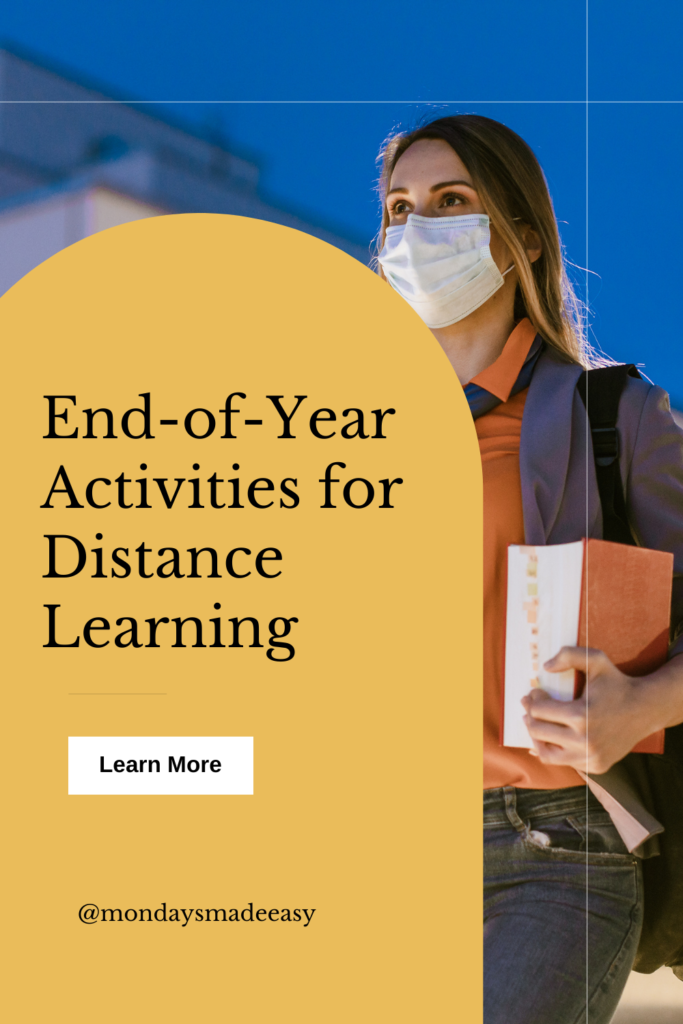
We’re more focused on getting back to “normal” than ever. Depending on where you live, you may even be beginning to return to a sense of normalcy. But we can’t expect our lives to return to the exact same way they were before living with COVID-19 – to do so would lead us to the sense of grief we’ve been experiencing over the course of the pandemic.
In fact, a major contributor to stress and anxiety stems from the uncertainty of navigating unprecedented times such as these. This is why setting realistic expectations for the coming months is essential for the well-being of our students and ourselves.
As we near the end of the year, we can supplement our curriculum with a number of social-emotional learning opportunities to accommodate these unprecedented experiences from the past 18 months. Here are a few research-based suggestions to support our students as we wrap up the 2021 school year:
Future Self-Journalling
One of the best ways to set reasonable expectations for the future is to guide students through future journalling. A candid conversation about what school might look like next year serves as great preparation for this activity as it will allow students to move past the expectation that everything will completely return to normal. This activity could involve writing prompts that ask students to write a letter to themselves, or even to a loved one, with the intention that this letter is opened at a later date.
Another option would be for them to imagine writing a journal entry as if the future is the present, including imaginary entries on the first day of school or on specific dates throughout the next school year. As students begin to visualize themselves moving through the coming months, they can begin to mentally prepare for the challenges they may face.
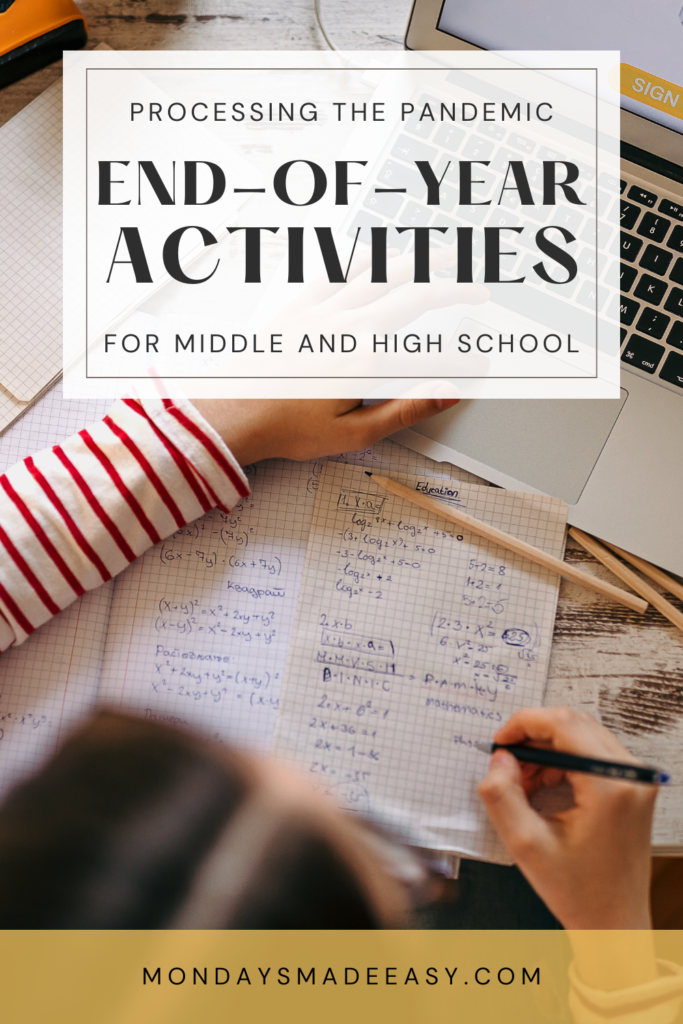
Challenge “Anticipatory Grief”
If you’re like me, you may have comforted yourself with the thought that although times are tough, at least you aren’t navigating a pandemic through critical moments in your life – like grade school, graduation, college, or while searching for a job. Our students can’t take comfort in these same thoughts, and many of them are expressing anger and resentment over several missed coming-of-age events (Dr. Shimi Kaur Kang).
To add fuel to this fire, many students have high stakes in the future and are concerned that their chances at success have been compromised (Junior Achievement). Naturally, this type of catastrophic thinking is common for youth since they have less context for understanding the future.
Try implementing a cognitive-behavioral approach by challenging students to imagine the opposite of these outcomes. You can do this by facilitating timed-writing sessions where students respond to prompts such as “what would the best-case scenario be for next year?” or “what is the worst that could actually happen, and how would you handle it if need be?”
Acknowledge Different Forms of Grief
Throughout the course of this school year, we’ve been obligated to adapt to life amidst a pandemic. Ultimately, our students’ fears surrounding COVID-19 are rooted in the fear of illness and death; because of this, we may overlook the grief that arises from less significant losses in our students’ lives.
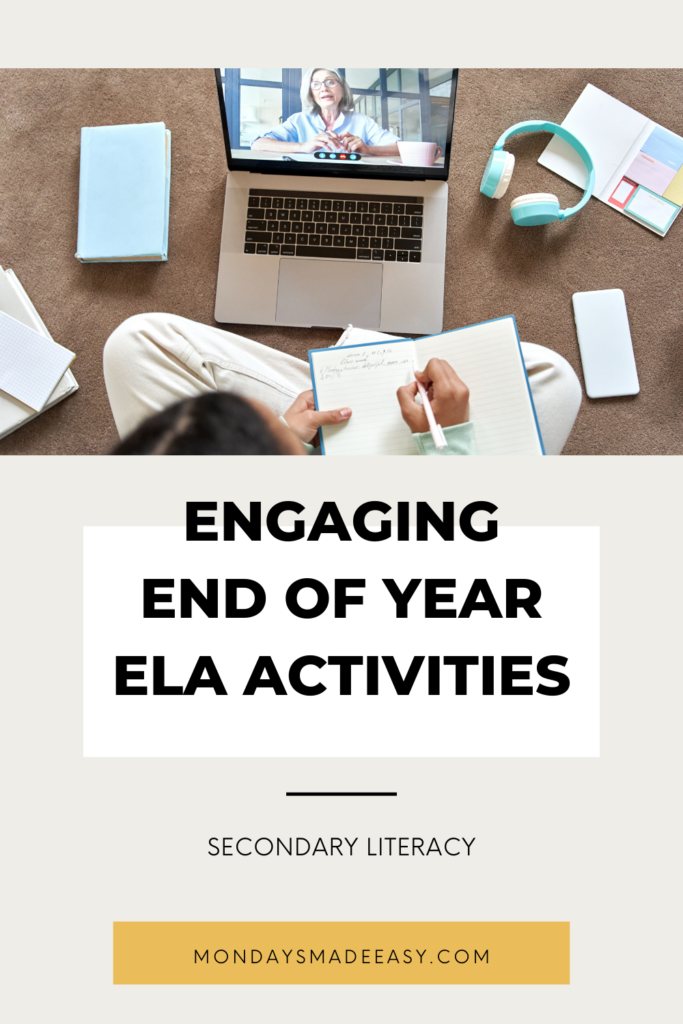
Over the past year, every single student in our classroom has experienced loss in some capacity. While certain forms of grief take more time and effort to heal, all forms of grief are valid and require compassionate attention. Our students can benefit from exploring the different stages of grief and different strategies for coping in order to better support their loved ones and themselves.
Mondays Made Easy’s COVID-19 Reflection Resource includes a slideshow lesson that introduces the 7 Stages of Grief, along with timed writing prompts that guide students through different strategies for coping with grief and anxiety. This end-of-year resource is suitable for middle school and high school students. You can learn more about this resource here.
Balance The Good with The Bad
Here’s an interesting piece of psychology that may be news to you: “Your memory is like the telephone game: each time you recall an event, your brain distorts it” (Northwestern University). Having a holistic picture of the past school year is the key to students’ successful integration of their experiences.
A balanced perspective invites students to reflect on both the ups and downs of their school year; I’m doing so, they acknowledge that both can co-exist (Harvard Business Review). Have students document the whole picture of their year using a memory scrapbook activity, like Mondays Made Easy’s End-of-Year Memory Book. This engaging end-of-year ELA project is suitable for both in-person or remote learning and includes digital slide decks for Google Classroom®, along with ready-to-print worksheets and an editable rubric.
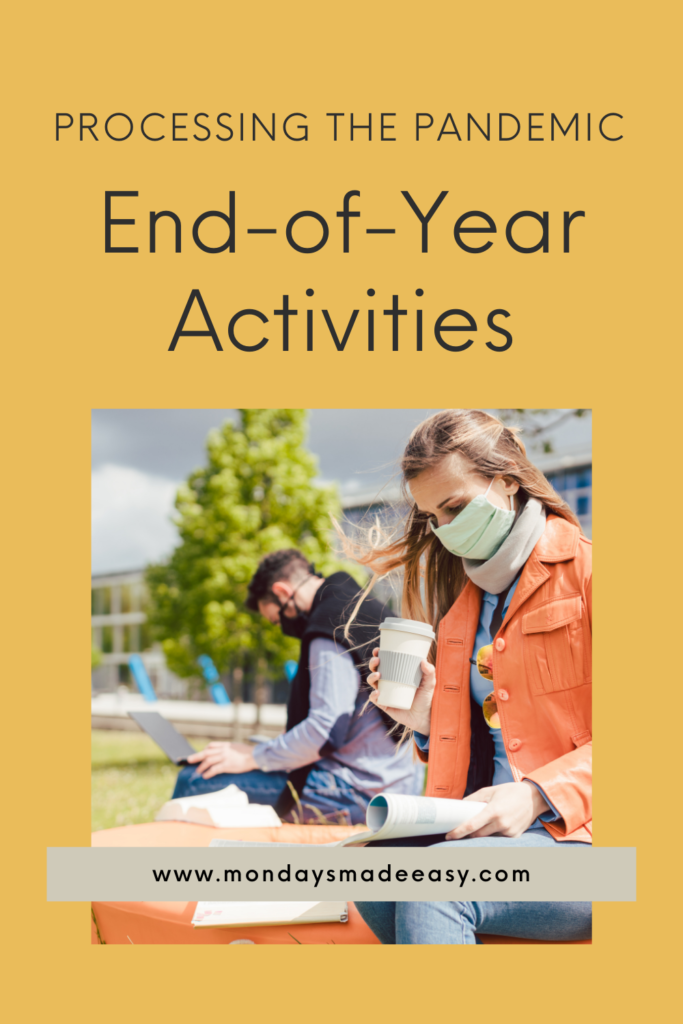
Reframe with a Silver Lining
There’s no doubt that our students can easily identify the difficult aspects of remote learning and learning throughout a pandemic. Not every aspect will have a silver lining, but critical thinking can encourage them to find some advantages to their experiences.
I saw an opinion on Instagram that challenged the notion that students have fallen behind with regards to the curriculum; while there is no doubt that learning gaps exist, this opinion noted that students have learned how to navigate and collaborate using online platforms like Google Classroom and Zoom. Encourage your students to adopt a similar critical lens to examine their losses and reframe them as wins.
Give Them Permission to be Vulnerable
If there’s one strategy you take from this blog post, let it be this: give your students the ability to speak about their year.
TED Radio Hour has a podcast episode called “Processing the Pandemic.” In this episode, Laurel Braitman shares an interesting perspective about shame: shame stems from the fear of not being able to connect to others. By modelling vulnerability for our students and granting them permission to do the same, they can move past these negative emotions and realize their grief is not unique to them.
It can be a relief for our students to know that someone else may be struggling with the same issue as them; our students have less experience recognizing that these experiences don’t always show on the surface. Give them time to talk about their year and hold space for them.
It’s hard to imagine what our school year will look like next year. What we do know is that we’ve collectively endured something extraordinary. Our students’ sense of safety, normalcy, and routine has been heavily compromised, and with that has come a wealth of experience – both positive and negative. Taking time to integrate these experiences is one of the most empowering things we can do for our students’ well-being.
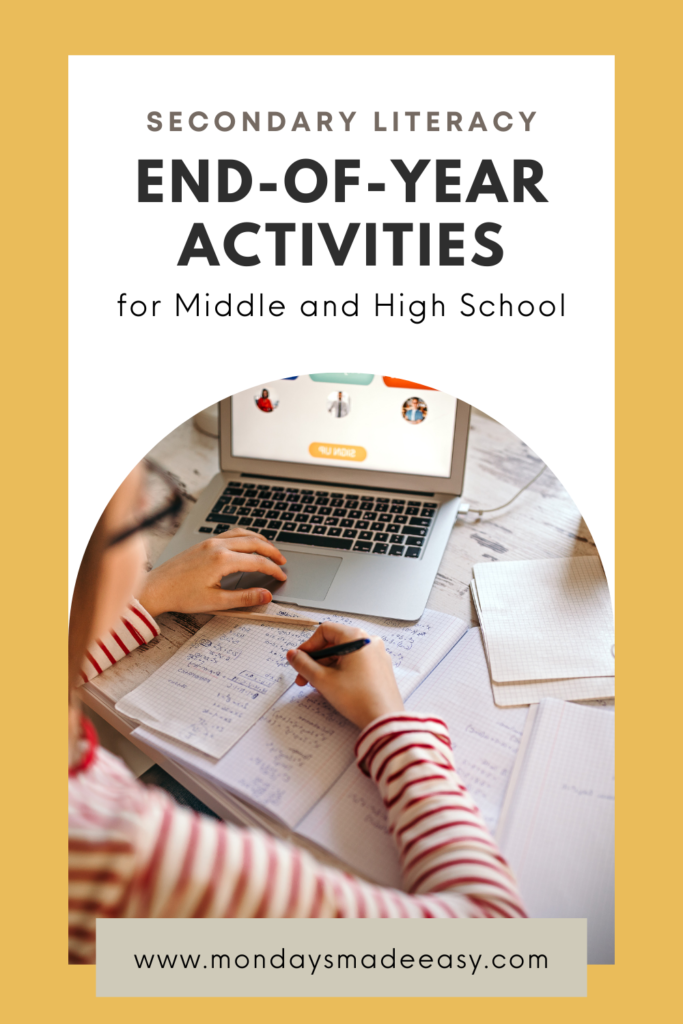
Mondays Made Easy offers a COVID-19 Reflection Activity and End-of-the-Year Memory Book; both resources borrow from the strategies in this blog post in order to facilitate guided reflection for your students. To learn more about these and other engaging end-of-the-year resources, visit Mondays Made Easy on Teachers Pay Teachers.
For more resources and ideas related to supporting your students during the COVID-19 pandemic, check out this blog post on Student Well-Being Strategies featuring diverse perspectives from a range of educators in our online community.